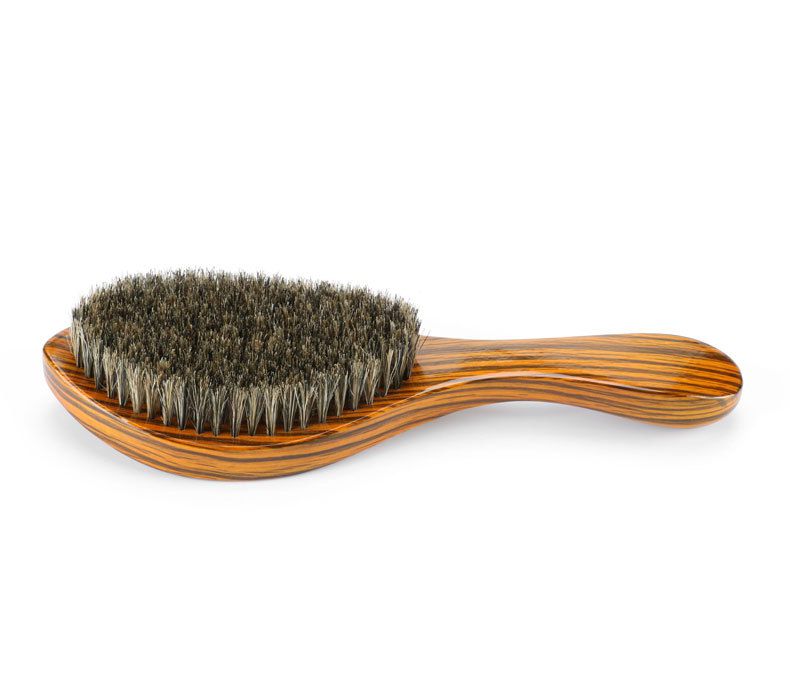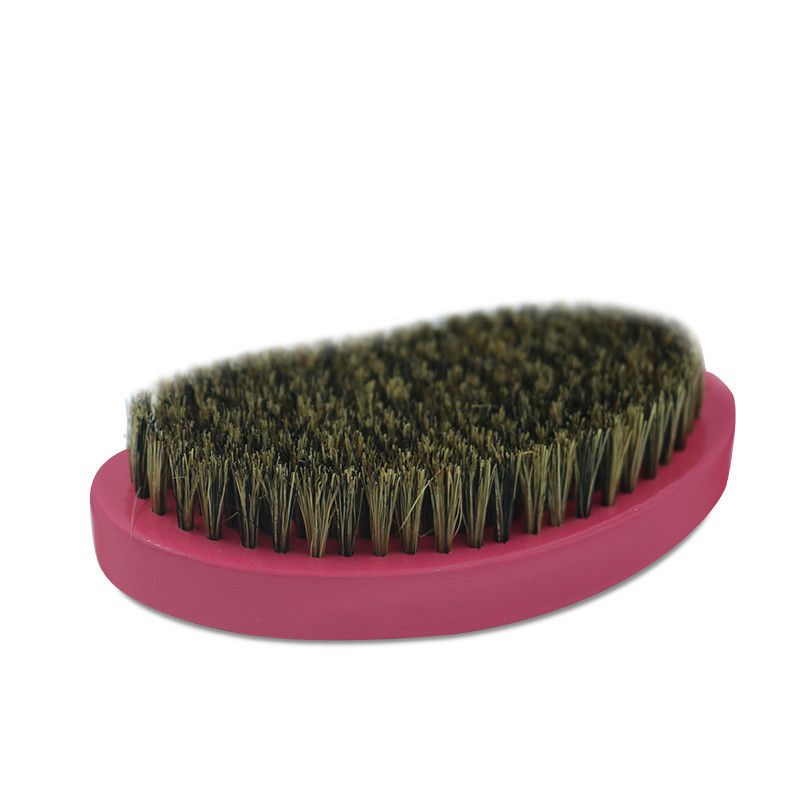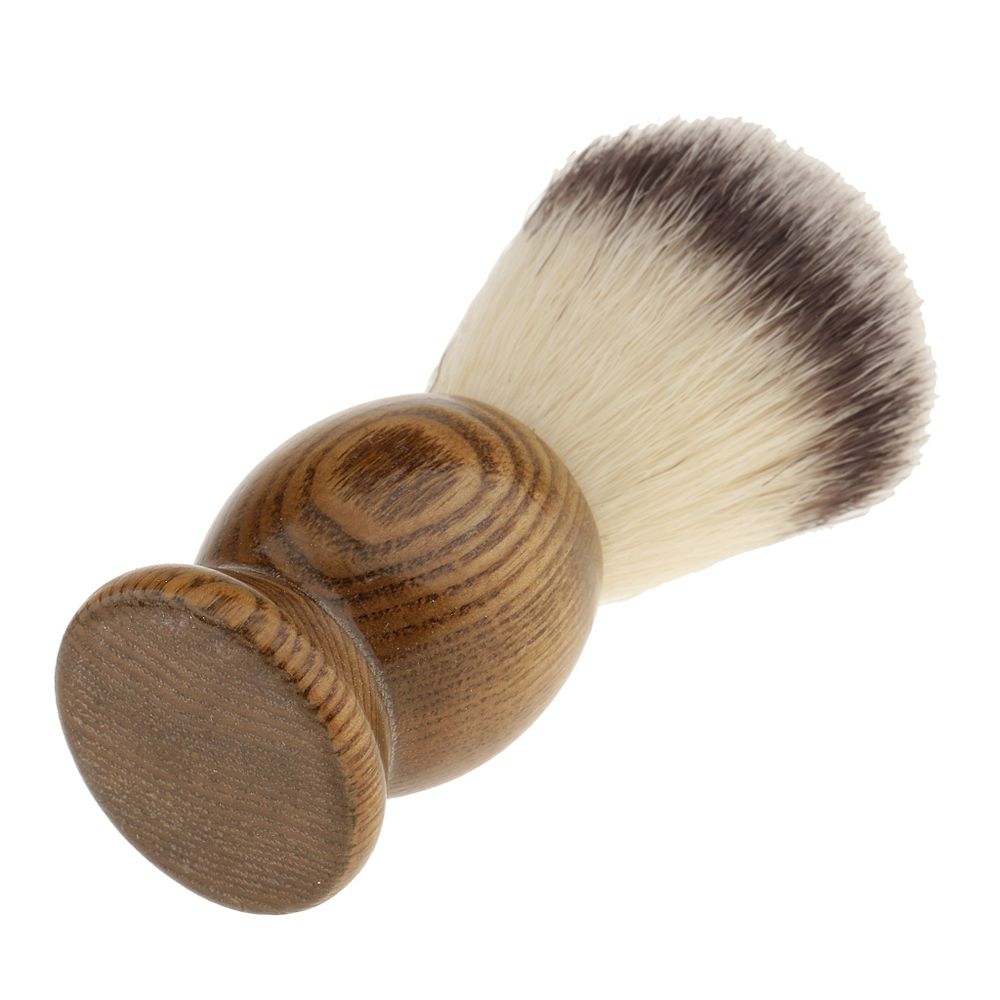Industry news
Shaving Brush Ergonomics: Designing for Maximum Comfort
- 175 Views
- 2025-08-01 02:31:33
Shaving Brush Ergonomics: Designing for Maximum Comfort
In the ritual of traditional wet shaving, the shaving brush is more than a tool—it’s an extension of the hand, a bridge between routine and comfort. Yet, for decades, many brushes prioritized aesthetics over functionality, leaving users grappling with slippery handles, awkward weights, or unbalanced designs that turned a calming ritual into a tiring chore. Today, ergonomics is reshaping the industry, with designers focusing on how a brush feels in use rather than just how it looks on a shelf. Let’s dive into the key principles of shaving brush ergonomics and why they matter for your daily routine.

Why Ergonomics Matters in Shaving Brushes
Shaving is a daily ritual for millions, often performed with half-awake focus or rushed mornings. A poorly designed brush forces the user to overcompensate: a slippery handle may require a tighter grip, straining fingers; a top-heavy brush pulls at the wrist, causing fatigue; an ill-fitting shape distracts from lathering, turning a mindful moment into a battle for control. Ergonomics addresses these pain points by aligning the brush’s design with the natural movements and contours of the human hand, reducing physical strain and enhancing the overall experience.

The Core of Ergonomic Design: Handle Shape
The handle is the brush’s interface with the user, and its shape is the foundation of comfort. Traditional cylindrical handles, while sleek, often fail to account for the hand’s natural resting position. The palm, when relaxed, forms a gentle curve—ergonomic handles mimic this. Think of a handle with a “waist” or contoured grip: wider at the base for stability, tapering slightly toward the knot (the brush head) to reduce bulk, and curved to nestle into the webbing between thumb and forefinger.

Consider two common shapes: the “palm-fit” contour and the “finger-groove” design. Palm-fit handles, with a rounded, organic curve, distribute pressure evenly across the palm, ideal for users who prefer a full-hand grip. Finger-groove handles, with subtle indentations for the thumb and index finger, lock the brush in place, perfect for precision lathering. Both prioritize reducing “grip effort”—the force needed to hold the brush steady—allowing the user to focus on creating a rich lather rather than clutching the tool.
Material: Beyond Looks, Toward Feel
Material choice is equally critical. A handle’s texture, temperature conductivity, and weight directly impact comfort. Take metal: durable and stylish, but it conducts cold, turning icy in winter and slippery when wet. Wood, while warm and tactile, can warp if not sealed properly. Modern ergonomic designs often lean into resin or stabilized wood—resin offers a smooth, non-porous surface that’s lightweight and temperature-neutral, while stabilized wood retains natural grain without the risk of water damage.
Weight is another material-driven factor. A handle that’s too heavy (e.g., solid brass) tires the wrist during a 2–3 minute lather; too light (e.g., hollow plastic) feels flimsy and hard to control. The sweet spot? 60–80 grams for the handle alone, balancing substance with maneuverability. When paired with a knot (typically 20–30 grams), the total weight (80–110 grams) sits comfortably in the hand, avoiding the “dead weight” sensation that strains muscles over time.
Balance: The Unsung Hero of Comfort
Even a well-shaped, lightweight handle can fail if the brush is unbalanced. Imagine a brush where the knot is too large or mounted too high—the head pulls downward, forcing the wrist to flex upward to compensate. Over weeks, this repetitive motion leads to discomfort. Ergonomic designs prioritize a “neutral balance point”: the intersection of handle and knot should align with the user’s natural wrist position.
To achieve this, designers adjust the knot’s size relative to the handle length. A longer handle (10–12 cm) pairs well with a larger knot, shifting the balance point closer to the palm. Shorter handles (8–9 cm) work with smaller knots, keeping the weight centered. The goal? When held loosely, the brush should hang vertically, no wrist strain required—a sign that balance and weight are in harmony.
Grip Optimization: Wet Hands, No Slip
Shaving involves water, and wet hands are slippery hands. Ergonomic handles combat this with subtle texture: a matte finish (instead of glossy) adds friction, while micro-grooves or raised patterns (think: a subtle spiral or dotted texture) channel water away, maintaining grip even when soapy. Some brands go further, adding a “safety ridge” at the base of the handle—a small lip that prevents the brush from slipping out of wet hands, a detail that turns near-drops into non-events.
The Future of Ergonomics: Blending Tradition and Innovation
As consumer focus shifts to “mindful grooming,” ergonomics is evolving beyond physical comfort to emotional satisfaction. Brands are experimenting with customizable handles—adjustable weights via removable inserts, or 3D-printed grips tailored to individual hand scans. Yet, the core principle remains: ergonomics is about harmony—between the tool and the user, the routine and the ritual.
In the end, a truly ergonomic shaving brush does more than feel good; it disappears into the background, letting the user savor the process. It’s a reminder that great design isn’t just about function—it’s about respect for the daily moments that shape our lives. So, the next time you pick up a shaving brush, feel the handle. Notice the weight. Let your hand relax. If it fits like it was made for you, that’s ergonomics at work.











